Wonderful Ealing Technicolor film set in a dreamy part of the English countryside of a nostalgic age – a real treat from start to finish and if anyone reading this post has not seen the film then please go out and get it.
It was the first Ealing comedy shot in Technicolor and one of the first colour comedies made in the UK.
The film was directed by Charles Crichton and starred Stanley Holloway, George Relph and John Gregson among many others.
I do think that the above TWO pictures are a terrific example of Technicolor at its best. The colour in them is perfect
The film was released in 1953 – Made in 1952 by the famous Ealing Studios, the film tells the story of how the Titfield villagers fight the closure of their local branch line by British Railways. The film was made on location on the Camerton branch line – an ex GWR railway which ran through the beautiful Cam Valley just south of Bath.
The idea for the Titfield Thunderbolt came from a visit that T.B.E. Clarke made to Wales in 1951. He was researching some ideas for a new film and also visiting an old friend who took him to see something which he thought Clarke might find interesting, a narrow gauge railway line – the Talyllyn Railway which a had passenger service as far as the village of Abergynoln in North Wales.
Here, and out of the blue, he had come across a completely unique operation. The BBC at that time also seemed to take an interest in the Talyllyn Railway and it was often featured on Childrens TV. The railway is still operating today and is one of the best of the now numerous preserved railway lines which exist throughout Britain.
Clarke was intrigued by the whole idea of a line run mainly by volunteers and he decided to base a film around the idea and that was the start of idea for The Titfield Thunderbolt.
He wrote about the English love for old trains but probably didn’t anticipate the future growth of the movement towards saving these lines but the fact is that the Titfield Thunderbolt marks the beginning of a railway preservation movement which remains peculiarly English – much like the Ealing Comedies.
Nearly all of the location work for the Titfield Thunderbolt was shot in the picturesque “Cam Valley” a couple of miles South of Bath. The feature which made this particular valley suitable for the film was the presence of a disused railway set amidst very attractive countryside, both essential features for the screenplay that T.E.B. Clarke had written for Ealing – and something which would look so good in Technicolor.
Hunters Rest Inn overlooking the Cam Valley – below
The Cam Valley – below.
The railway in question was the Limpley Stoke to Camerton branch of the Great Western Railway, which had closed in 1951 as a result of the closure of Camerton Colliery in 1950. Titfield station was in fact the old station at Monkton Combe, and the film-makers made various alterations to the building, including extending the canopy at one end, the addition of an external ticket window and other things too.
George Relph and Geoffrey Tearle – above.
The Story of the Film
The residents of the rural village of Titfield rely on the railway to commute to work and transport their produce to market. So they are shocked when the government announces that the line is to be closed. Particularly hard hit is the local vicar, railway enthusiast Rev. Sam Weech he comes up with the idea to run it locally. He and the local squire, Gordon Chesterford (John Gregson) , persuade wealthy Walter Valentine (Stanley Holloway ) to provide the financial backing by telling him they can legally operate a bar while the train is running – he will not have to wait all morning for the local pub to open.
There are many many twists and turns in the plot as we all join the villagers and will them on to success.
Will they achieve it ? Wait and see the film – You will love it !!!
Naunton Wayne – 1901 to 1970
He was a British character actor born in South Wales.On stage from 1920, Welsh actor Naunton Wayne made his film bow in 1931. Wayne was catapulted to worldwide fame in 1937, when he and Basil Radford were teamed as cricket-happy British tourists Charters and Caldicott (Wayne was Caldicott) in Hitchcock’s The Lady Vanishes roles they repeated in three further films. The two would go on to appear in other films together often playing similar characters.
 Naunton Wayne
Naunton Wayne
They appeared together in the classic chiller Dead of Night in 1946 and quite a few more films too.
Dead of Night – above the most light hearted of the stories with Basil Radford and Naunton Wayne.
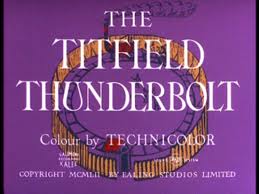
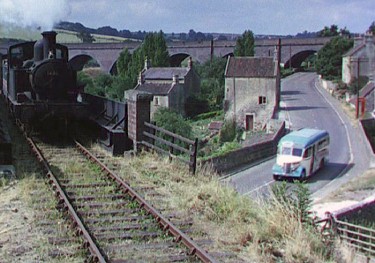
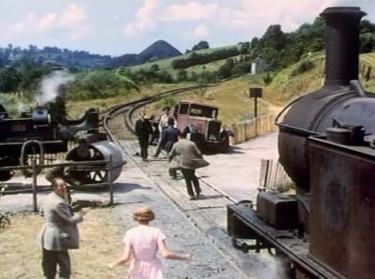
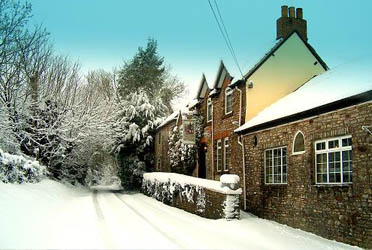
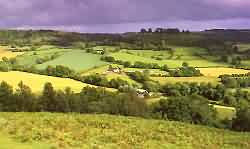
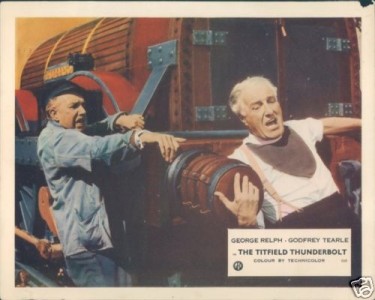
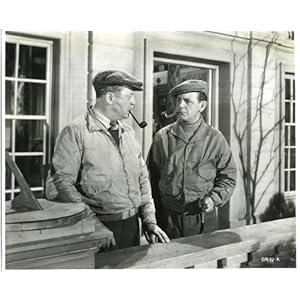
… [Trackback]
[…] Info on that Topic: filmsofthefifties.com/the-titfield-thunderbolt/ […]
… [Trackback]
[…] Information on that Topic: filmsofthefifties.com/the-titfield-thunderbolt/ […]